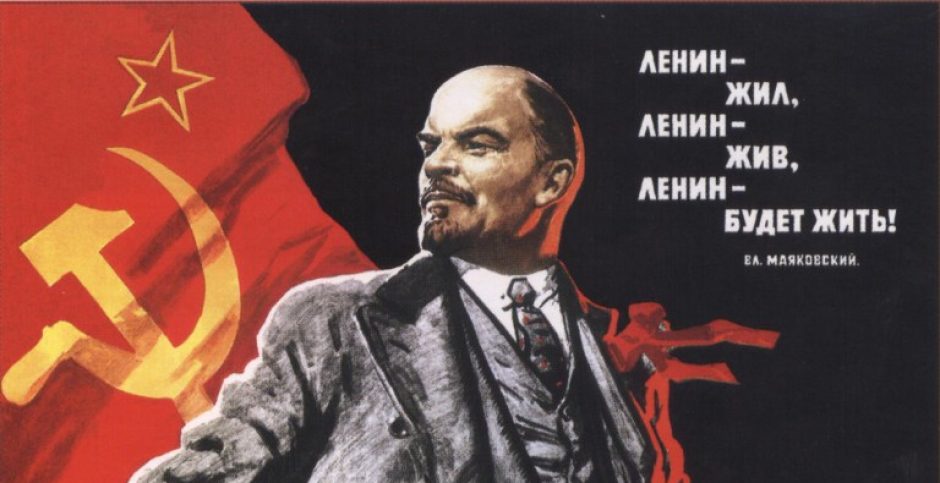Hi, everyone.
This is a bit of a tangential post, but I thought that you all might find this interesting given our recent class discussions regarding Vladimir Putin’s rise to power and Russia’s intervention in the Syrian Civil War. I came across this article – part of Mauldin Economics This Week in Geopolitics series – while doing research for a political science class last year. The author, George Friedman, is a Hungarian-born geopolitical strategist specializing in international affairs.
Friedman’s thesis, simply put, is that Russia’s involvement in Syria is motivated by a desire to distract both the Western powers, and the Russian populace, from the ongoing conflict in Ukraine. He also posits that, in addition to wanting to reassert their nation’s status as a Great Power, the current Russian government seeks to retain a buffer zone or sphere of influence in Eastern Europe. He argues that said desire is informed by both historical events (Russia has faced invasions from the West on several occasions, most recently in 1941), and recent political phenomena such as the Baltic States joining NATO in the early 2000’s, and the United States’ public support for the 2004 Orange Revolution in Ukraine.
According to Friedman, Vladimir Putin’s tendency to blame the West is born of both political pragmatism and geopolitical paranoia. While the tactic of implicating external enemies in Russia’s troubles is useful to Putin at the domestic level, this behavior is underscored by a, perhaps somewhat understandable, belief that the West has maligned Russia in the recent past (as evidenced by the corruption and economic hardships that ensued in the wake of the Soviet Union’s collapse), and continues to express ill will towards Russia by attempting to erode the latter’s traditional sphere of influence. Friedman states that regardless of whether this conviction is rational, it is impossible to understand Russia’s geopolitical maneuvers without acknowledging said belief’s role in determining policy.
Again, this is not required reading by any stretch, but I felt that it provided a useful historical perspective and nicely supplemented the material we have addressed in class.
You can find the article here: http://www.mauldineconomics.com/this-week-in-geopolitics/russias-strategy#
